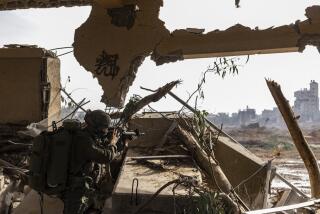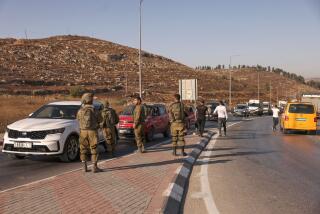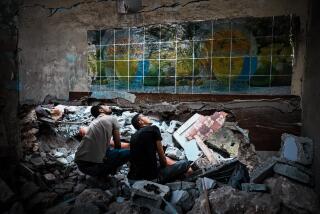Torture at Gitmo? Ask the Mau Mau
By now it hardly needs saying that, contrary to the animadversions of Dick Durbin and Amnesty International, Guantanamo Bay bears no resemblance to Nazi concentration camps, Soviet gulags or Khmer Rouge killing fields. Millions of people were murdered in those places. The sum total of those killed at Gitmo is ... zero.
But perhaps the critics of U.S. detention practices are correct in saying that this is damning with faint praise. Who wouldn’t expect the “land of the free” to behave better than the most monstrous regimes in history? So let’s use a better comparison. Look at how the United States’ closest ally, Britain, handled an insurgency much smaller and much less threatening than the one we face today.
In Kenya during the early 1950s, a movement known as Mau Mau arose to challenge British colonial rule. Though Mau Mau became a byword for savagery, it was actually pretty restrained as far as guerrilla movements go. Its 20,000 adherents killed fewer than 100 Europeans and 2,000 African loyalists -- fewer than the toll from 9/11 alone. Unlike the Iraqi rebels, the Mau Mau had no outside support and no sophisticated weapons. (They mainly killed with machetes.) Unlike Al Qaeda, they did not target the British homeland.
Yet the British used disturbingly harsh tactics against them, as revealed in two new books -- “Histories of the Hanged” by David Anderson of Oxford University and “Imperial Reckoning” by Caroline Elkins of Harvard.
The British admitted killing 11,000 Mau Mau, but the real figure, these authors make clear, was much, much higher. Security forces held hundreds of thousands of suspects without trial in a system of penal camps known as the Pipeline. Unlike detainees at Gitmo, who receive three meals a day and all the medical care they need, prisoners in the Pipeline were half-starved, worked to the point of collapse, and sickened by the poor sanitation.
Torture was standard during interrogation, and was not what passes for “torture” in anti-American screeds today (e.g., stepping on a Koran). This was the real thing. According to Elkins, “the screening teams whipped, shot, burned, and mutilated Mau Mau suspects.” Some men were forcibly castrated or sodomized. Others were beaten to death or summarily executed.
Little distinction was drawn between guerrillas and civilians. The Mau Mau were primarily Kikuyu, Kenya’s largest ethnic group, and the British detained nearly all 1.5 million of them.
Men, women and children were forced off their homesteads at gunpoint. Those not sent to the Pipeline were herded into villages surrounded by barbed wire where they had to endure forced labor while denied adequate food or medical care. Many women were gang-raped by guards. Has anything like this happened in Iraq? Of course not. If it had, you’d hear about it on “60 Minutes.”
Mau Mau was defeated by the mid-1950s, but colonial rule did not long survive. In 1963, Kenya achieved independence under Jomo Kenyatta, who had spent eight years in prison after being falsely convicted of being the Mau Mau mastermind.
There was really nothing unusual about the British counterinsurgency strategy. It was similar to the methods used by the British in South Africa during the Boer War (1899-1902) and in Malaya (1948-1960), by the French in Algeria (1954-1962), by the Dutch in Indonesia (1945-1949), and by the Americans in the Philippines (1899-1902).
These Western democracies were not guilty of genocide, a la Hitler or Pol Pot, but they did commit brutality light-years beyond anything that happened at Abu Ghraib, much less Gitmo.
Seen in historical context, what sets apart the U.S. campaign in the global war on terrorism is not its savagery, as the critics would have us believe, but its unprecedented restraint.
Military investigators have found that out of more than 50,000 suspected terrorists held since 9/11, 26 may have died wrongfully and another 100 or so were abused. Even if the real figure is higher (as it probably is), it is not worth mentioning in the same breath with the excesses committed in Algeria, Kenya or any other serious counterinsurgency. And, unlike in those places, the perpetrators are being prosecuted.
I’m not saying that unlawful conduct by U.S. service personnel should be ignored or excused. I’m simply suggesting that we can’t judge U.S. soldiers by impossible standards of perfection attained by no other army in history -- especially when they are battling fanatical mass murderers who make the Mau Mau look like Boy Scouts.
More to Read
Sign up for Essential California
The most important California stories and recommendations in your inbox every morning.
You may occasionally receive promotional content from the Los Angeles Times.










